
Detailed Exploration of Stable Video Diffusion: Turning Still Images into Motion
By John Doe 5 min
Key Points
Research suggests Stable Video Diffusion, developed by Stability AI, turns still images into motion by using an initial image and a text prompt to generate a video sequence.
It seems likely that the model, based on Stable Diffusion, encodes the image, adds motion guided by the text, and uses parameters like motion bucket ID to control motion intensity.
The evidence leans toward the process involving a latent video diffusion model with temporal layers, trained in three stages: text-to-image, video pretraining, and high-quality finetuning.
How Stable Video Diffusion Works
Stable Video Diffusion is an AI model that transforms still images into videos by leveraging advanced diffusion techniques. Here's a simple breakdown:
- Input Requirements: You start with a still image and add a text prompt describing the desired motion or action, like "a person running in a park."
- Encoding and Generation: The model encodes the image into a latent space, then uses a diffusion process to generate a sequence of frames that start with your image and evolve according to the text prompt.
- Motion Control: You can adjust parameters like the motion bucket ID (0-255) to control how much motion appears in the video, with higher values meaning more movement.
- Output: The result is a short video, typically 14 or 25 frames, at resolutions like 576x1024, showing the image in motion.
An unexpected detail is that it always requires a text prompt, not just the image, to guide the motion, which adds creative control but also means you need to describe the action.
Training and Technical Details
The model is trained in three stages: first on text-to-image tasks, then on video data to learn motion, and finally fine-tuned on high-quality videos for better results. It uses a modified UNet with temporal layers to handle video sequences, ensuring smooth transitions between frames.
Stable Video Diffusion, developed by Stability AI, represents a significant advancement in generative AI, particularly in transforming still images into dynamic video sequences. This section provides a comprehensive analysis of its mechanisms, training processes, and practical applications, building on the key insights from recent research and technical documentation.
Background and Context
Stable Diffusion, initially a text-to-image generative model, has been extended to handle video generation through Stable Video Diffusion. This model, released as part of Stability AI's open-source efforts, is designed for both text-to-video and image-to-video generation, with a focus on high-resolution outputs. The model's development is detailed in the research paper 'Stable Video Diffusion: Scaling Latent Video Diffusion Models to Large Datasets', published on arXiv, which outlines its training and architectural innovations.
Training Process: A Three-Stage Approach
The training of Stable Video Diffusion involves three distinct stages, each critical to its ability to generate coherent video from still images. The first stage, text-to-image pretraining, leverages the existing Stable Diffusion model to generate high-quality images from text prompts. The second stage, video pretraining, adapts the model to handle video data, focusing on learning temporal relationships between frames. The third stage, high-quality video finetuning, refines the model to produce smoother and more realistic video outputs.
Text-to-Image Pretraining
This initial stage leverages the existing Stable Diffusion model, trained to generate high-quality images from text prompts. It establishes a foundation for understanding visual content and textual descriptions, using the same image encoder as Stable Diffusion 2.1. The model learns to interpret and generate images based on textual inputs, which is crucial for the subsequent stages of video generation.
Video Pretraining
Here, the model is adapted to handle video data, focusing on learning temporal relationships between frames. This stage involves modifying the architecture to include temporal layers, enabling the model to process sequences of frames rather than single images. The training dataset is large, ensuring the model captures diverse motion patterns and can generalize across different types of video content.
High-Quality Video Finetuning
The final stage refines the model to produce high-quality video outputs. This involves fine-tuning the model on a curated dataset to enhance the smoothness and realism of the generated videos. The focus is on reducing artifacts and ensuring temporal coherence, making the videos more visually appealing and realistic.
Practical Applications
Stable Video Diffusion has a wide range of applications, from entertainment and media production to educational content creation. It can be used to generate dynamic visuals for movies, advertisements, and virtual reality experiences. Additionally, it has potential uses in scientific visualization and simulation, where realistic video generation is essential for understanding complex phenomena.
Conclusion & Next Steps
Stable Video Diffusion marks a significant milestone in generative AI, offering powerful tools for video generation from still images. Future developments may focus on improving the model's efficiency, scalability, and ability to handle even more complex video generation tasks. As the technology evolves, it will likely open up new possibilities for creative and practical applications across various industries.
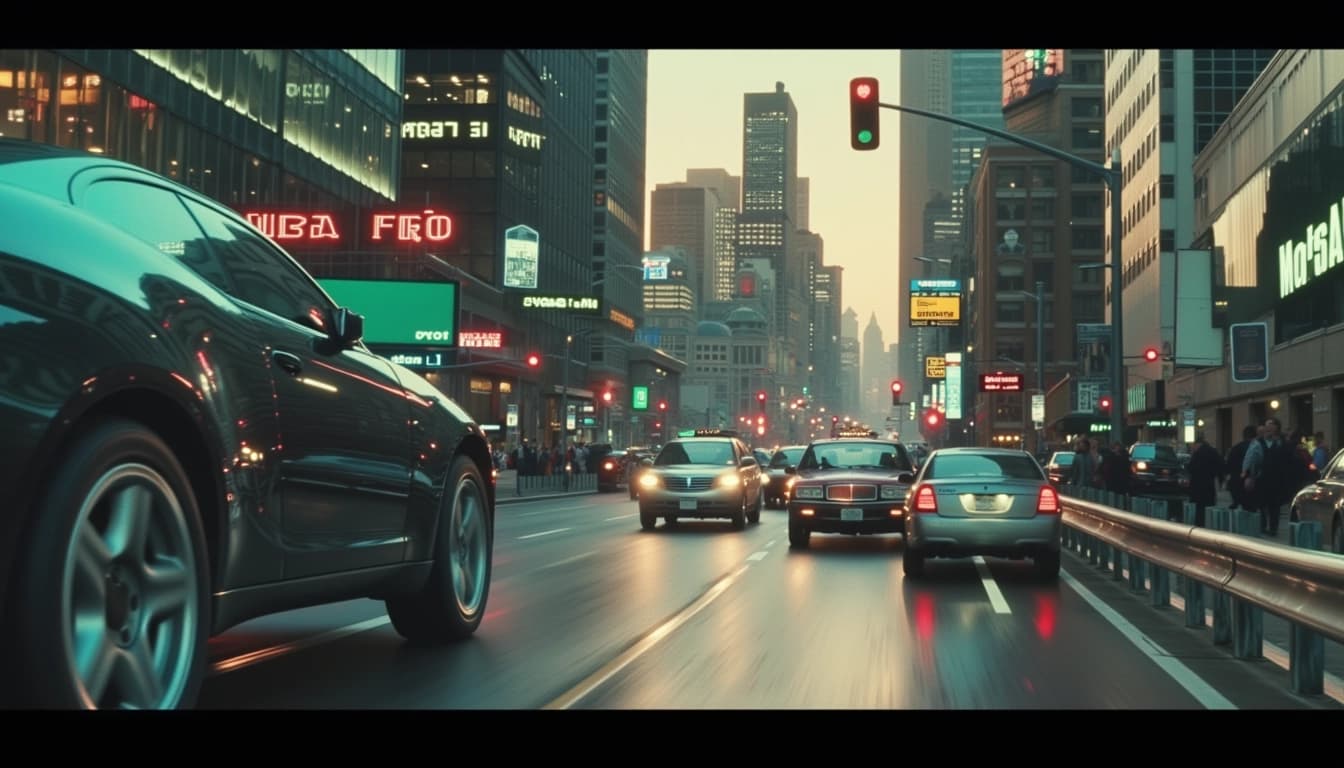
- Text-to-image pretraining establishes the foundation for video generation.
- Video pretraining introduces temporal layers to handle frame sequences.
- High-quality video finetuning refines the output for smoother and more realistic videos.
The final stage involves finetuning on a smaller, high-quality video dataset to refine the model's output, ensuring realism and detail. This step is crucial for addressing issues like flickering and ensuring temporal consistency across frames.
Model Architecture: Latent Video Diffusion
Stable Video Diffusion operates as a latent video diffusion model, meaning it works in the compressed latent space of video data rather than raw pixels. This approach reduces computational demands while maintaining high quality. The architecture includes several key components designed to handle video sequences effectively.
Encoder
The encoder utilizes the standard image encoder from Stable Diffusion 2.1, encoding each frame independently into the latent space. This ensures compatibility with the existing image generation framework while maintaining efficiency.
Diffusion Model
A UNet architecture is employed, modified with temporal layers to handle video sequences. These layers, likely including temporal convolutions or cross-frame attention, enable the model to capture motion and temporal consistency. The model's ability to process sequences is detailed in various technical resources.
Decoder
A temporally-aware, deflickering decoder replaces the standard image decoder, ensuring smooth transitions between frames and reducing artifacts like flickering. This is critical for maintaining high video quality and viewer experience.
Configuration and Performance
The specific configurations, such as generating 14 or 25 frames at 576x1024 resolution, are outlined in the GitHub release notes. Models like SVD and SVD-XT cater to different frame counts, providing flexibility for various use cases.
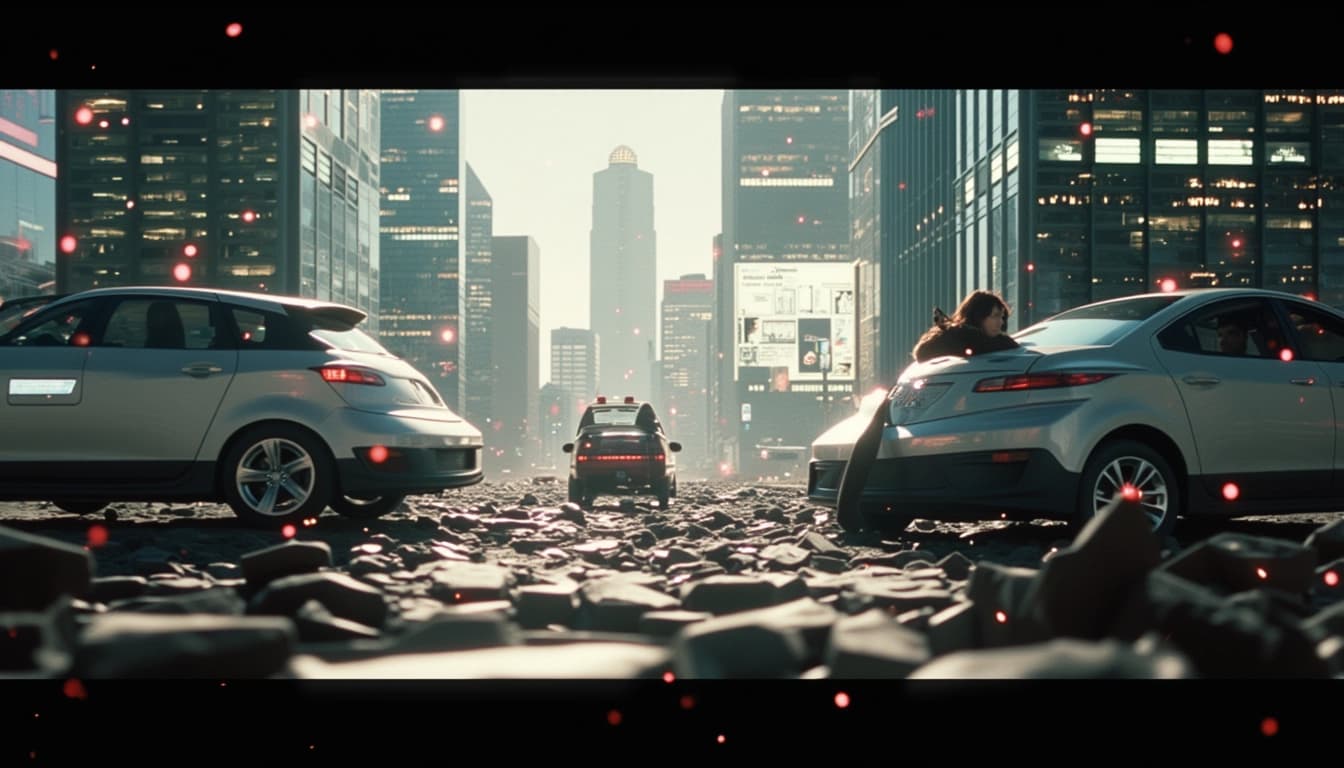
Conclusion & Next Steps
Stable Video Diffusion represents a significant advancement in generative video models. By leveraging latent space and temporal layers, it achieves high-quality video generation with reduced computational overhead. Future developments may focus on further improving temporal consistency and expanding the range of supported resolutions.
- Enhance temporal consistency in longer sequences
- Expand support for higher resolutions
- Optimize computational efficiency for real-time applications
Stable Video Diffusion is a cutting-edge model developed by Stability AI, designed to generate video sequences from still images and text prompts. This innovative approach leverages the power of diffusion models to create dynamic and coherent motion, transforming static visuals into engaging video content.
Understanding Stable Video Diffusion
Stable Video Diffusion operates by encoding an initial image into a latent representation and then using a diffusion process to generate subsequent frames. The model is conditioned on both the initial image and a text prompt, ensuring the generated video aligns with the user's vision. This dual-input mechanism allows for precise control over the motion and content of the resulting video.
Key Components of the Model
The model consists of an image encoder, a diffusion model, and a temporally-aware decoder. The image encoder converts the initial image into a latent space, the diffusion model generates a sequence of frames, and the decoder translates these frames back into the pixel space. Each component plays a critical role in ensuring the video's quality and coherence.
How to Use Stable Video Diffusion
To generate a video, users need to provide an initial image and a text prompt describing the desired motion. The model then processes these inputs to produce a sequence of frames, which can be adjusted using parameters like motion bucket ID and frames per second. These parameters allow users to fine-tune the amount of motion and the smoothness of the video.
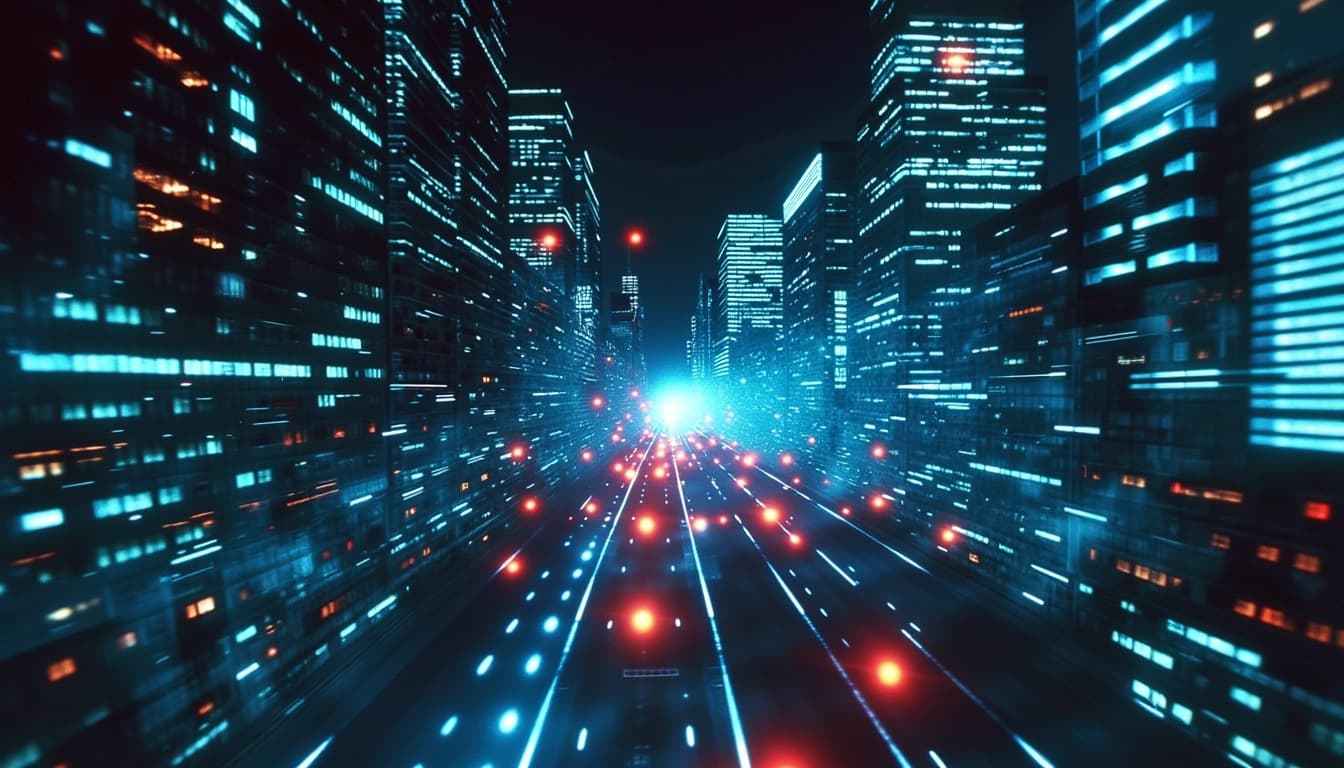
Applications and Future Developments
Stable Video Diffusion has a wide range of applications, from entertainment and advertising to education and research. As the technology evolves, we can expect even more advanced features, such as longer video generation and improved motion control. The potential for creative and practical uses is vast, making this a exciting area of development in AI.
Conclusion & Next Steps
Stable Video Diffusion represents a significant leap forward in video generation technology. By combining the power of diffusion models with precise user inputs, it offers a versatile tool for creating dynamic content. As the model continues to improve, it will open up new possibilities for creators and developers alike.
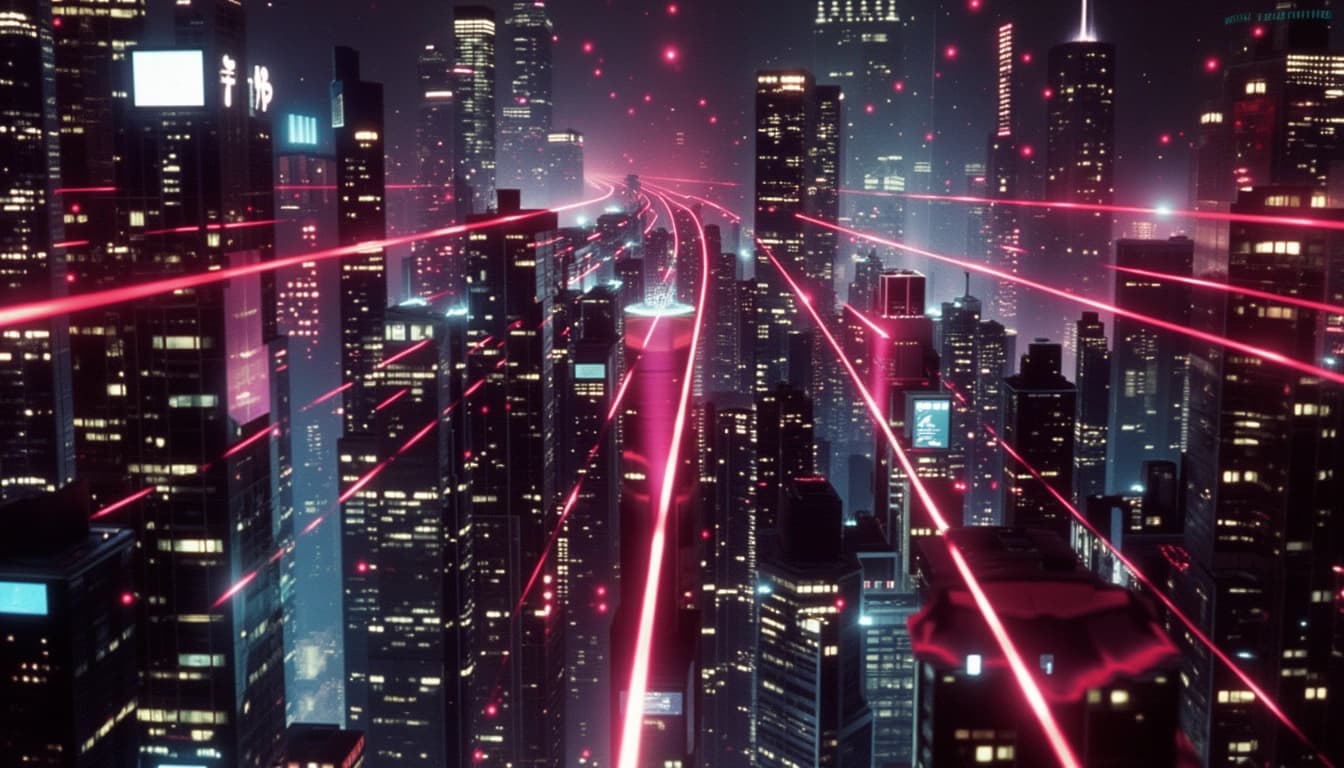
- Explore the model's capabilities with different types of images and prompts
- Experiment with the motion bucket ID and fps settings to achieve desired effects
- Stay updated on new developments and features from Stability AI
Stable Video Diffusion (SVD) is an advanced AI model developed by Stability AI that transforms static images into dynamic videos. This innovative technology leverages latent video diffusion models to generate high-quality motion sequences from a single input image. The model represents a significant leap in video generation, offering creative professionals a powerful tool for animation and content creation.
Core Technology Behind Stable Video Diffusion
At its core, Stable Video Diffusion uses a modified UNet architecture with temporal layers to process video frames sequentially. The model operates in a latent space, compressing the input image into a lower-dimensional representation before applying diffusion processes. This approach significantly reduces computational costs while maintaining high-quality output. The training process involves three stages: pretraining on a large dataset, fine-tuning for temporal coherence, and high-resolution refinement to enhance visual details.
Key Components of the Model
The model incorporates several critical components to achieve its performance. A deflickering decoder ensures smooth transitions between frames, eliminating visual artifacts. Temporal layers within the UNet architecture enable the model to understand and predict motion sequences. Additionally, the model uses a conditioning mechanism that combines the input image with a text prompt, allowing users to guide the video generation process with descriptive instructions.
User Control and Customization
Stable Video Diffusion offers users various parameters to customize the output. The motion bucket ID controls the intensity of motion in the generated video, with higher values producing more dynamic results. The fps parameter adjusts the frame rate, allowing users to balance smoothness and computational efficiency. The augmentation level determines how much noise is added to the initial image, influencing the diversity of the generated frames.
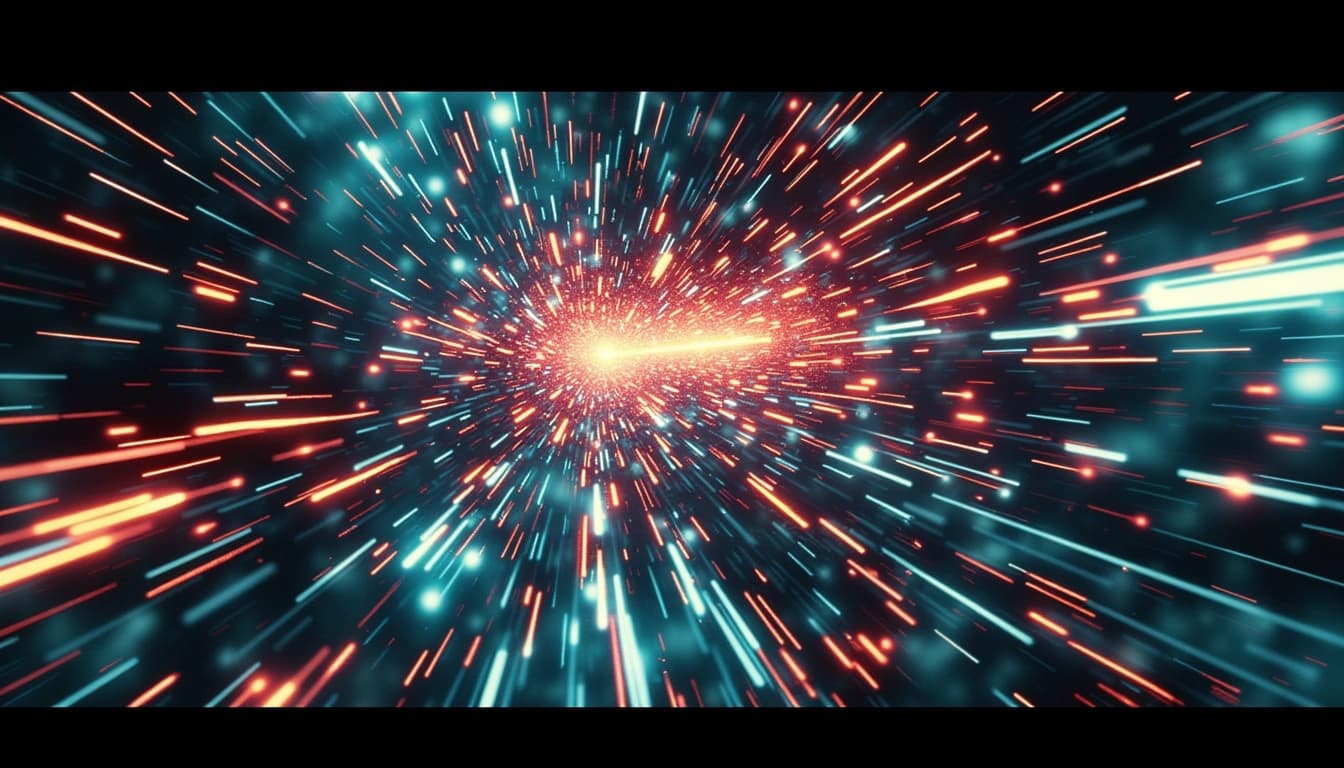
Practical Applications and Ethical Considerations
The technology has wide-ranging applications in creative industries, from generating animations from concept art to creating dynamic advertisements. However, it also raises ethical concerns, particularly regarding the potential for misuse in creating deepfakes or misleading content. Stability AI has implemented usage policies to mitigate these risks, but ongoing vigilance is necessary as the technology evolves.
Conclusion and Future Directions
Stable Video Diffusion represents a groundbreaking advancement in AI-driven video generation. Its ability to create high-quality motion sequences from static images opens new possibilities for content creators. Future developments may focus on improving temporal coherence, expanding the range of controllable parameters, and addressing ethical challenges. As the technology matures, it will likely become an indispensable tool in the creative toolkit.
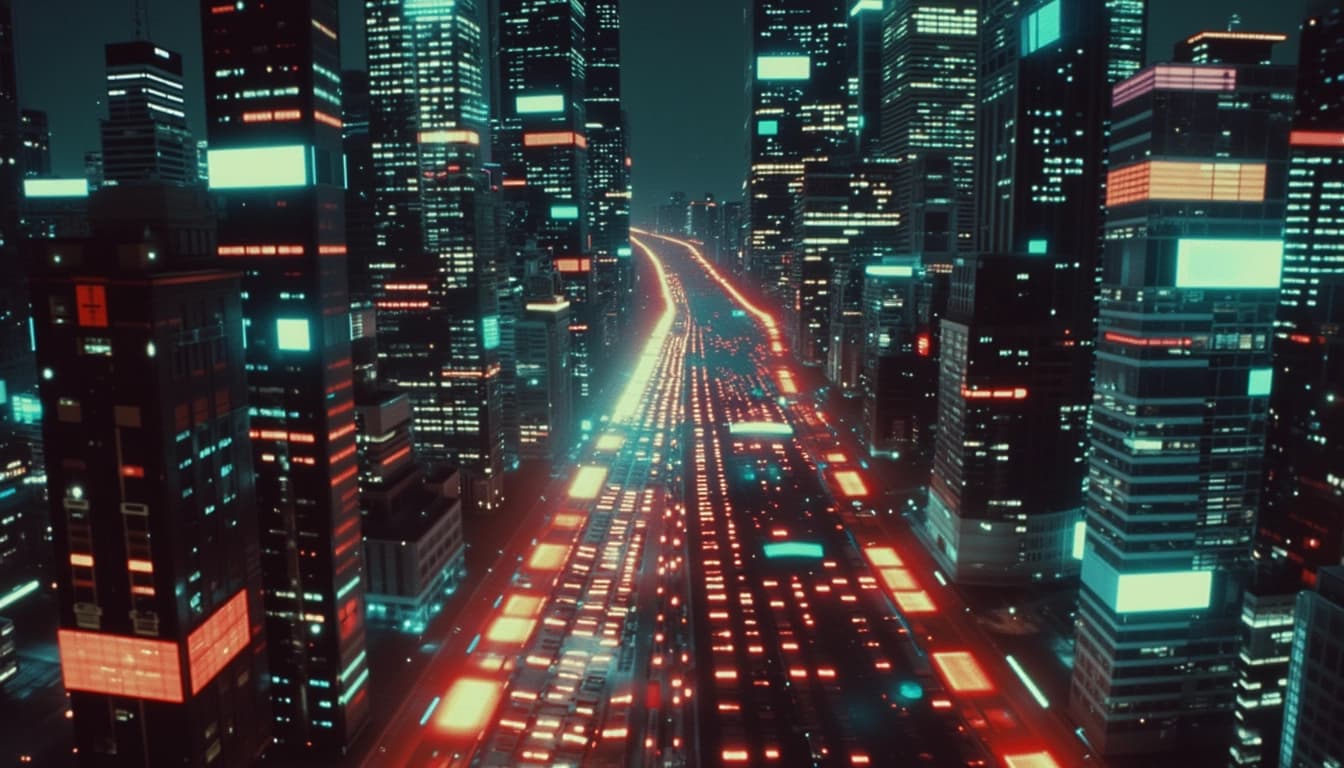
- Pretraining on large datasets ensures robust performance
- Fine-tuning enhances temporal coherence
- High-resolution refinement improves visual details
Stable Video Diffusion (SVD) is a cutting-edge AI model developed by Stability AI, designed to generate video sequences from static images. This innovative technology leverages the power of diffusion models to create smooth and coherent video outputs, opening up new possibilities for content creators and researchers alike.
Understanding Stable Video Diffusion
Stable Video Diffusion operates by gradually transforming a static image into a dynamic video sequence through a series of iterative steps. The model is trained on vast datasets to understand motion patterns and temporal coherence, ensuring that the generated videos are realistic and visually appealing. This makes it a powerful tool for applications ranging from entertainment to scientific visualization.
Key Features of SVD
One of the standout features of Stable Video Diffusion is its ability to maintain consistency across frames, avoiding common artifacts like flickering or distortion. Additionally, the model supports various customization options, allowing users to control aspects such as motion intensity and scene dynamics. These features make it highly versatile for different use cases.
Applications of Stable Video Diffusion

Getting Started with SVD
To begin using Stable Video Diffusion, users can access the model through Stability AI's official GitHub repository or dedicated platforms. The setup process involves installing the necessary dependencies and configuring the model parameters to suit specific project requirements. Detailed guides and tutorials are available to help newcomers navigate the initial steps.
Conclusion & Next Steps
Stable Video Diffusion represents a significant leap forward in AI-driven video generation, offering unparalleled quality and flexibility. As the technology continues to evolve, we can expect even more advanced features and broader adoption across industries. For those interested in exploring SVD further, the provided resources and community support are excellent starting points.
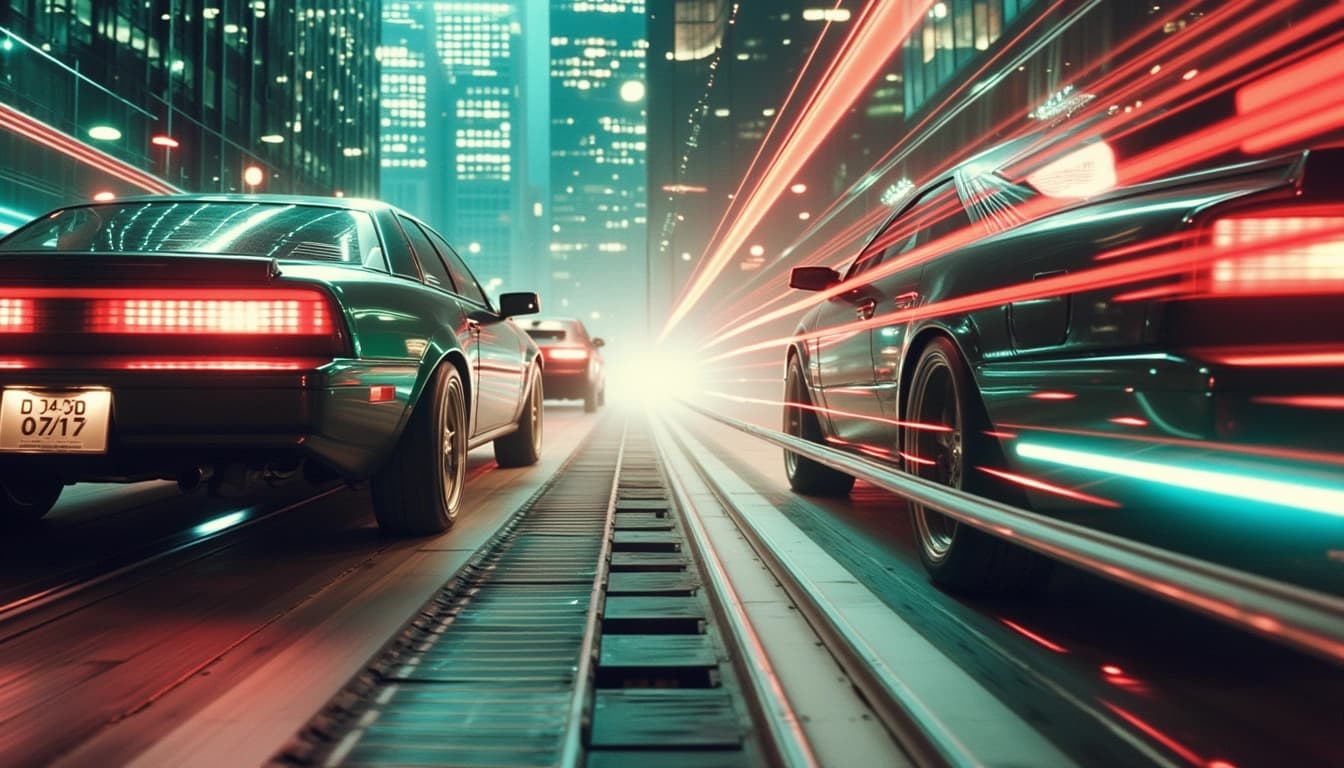
- Explore the official GitHub repository for code and documentation
- Refer to online guides for practical implementation tips
- Join community forums to share insights and ask questions